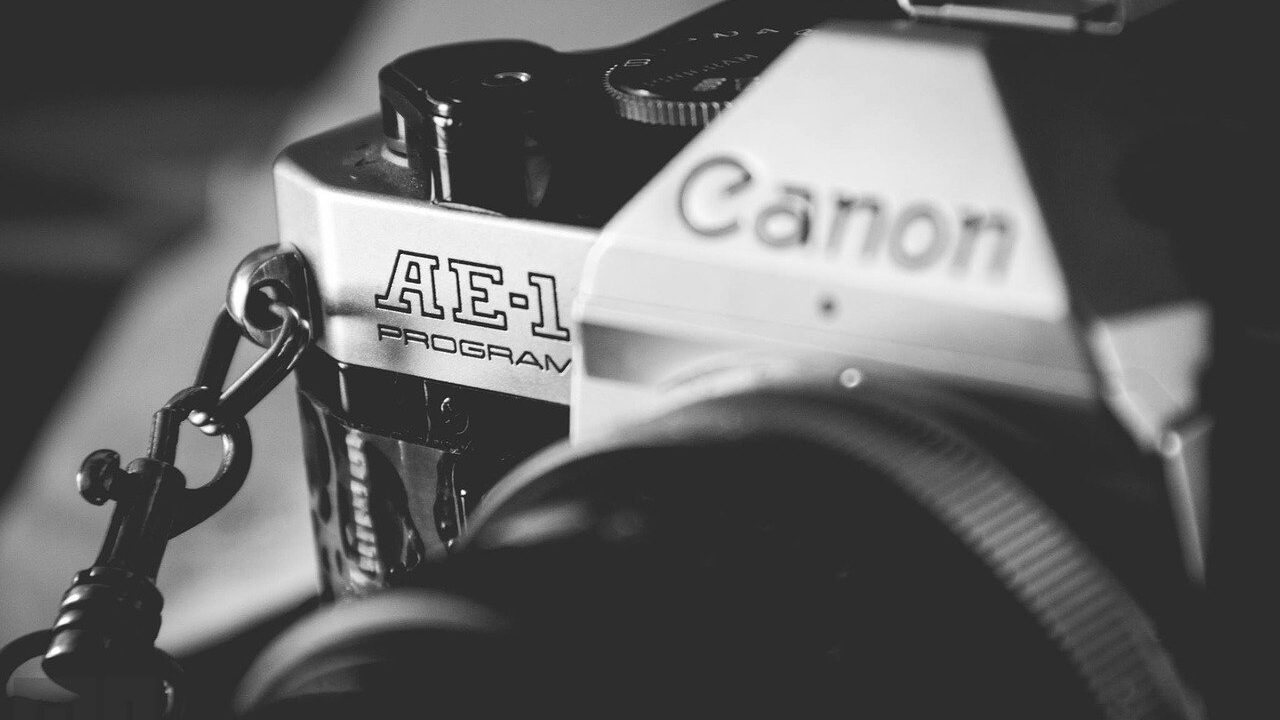Why is the appearance of black and white photography still so popular? Perhaps the reason lies in the fact that monochrome photography evokes a sense of nostalgia and timelessness that is so difficult to achieve in our sterile world of high resolutions. Black and white creates an association with a bygone film era that gave us a great legacy. Or the whole point is that the lack of color allows attention to other things, like the shape of a building or the texture of a skin. Whatever the case, it’s clear to see that black and white photography is now experiencing an unprecedented rise. However, the techniques of working with it are changing. To capture the classic effect of black and white film, we can resort to a large number of tools, from Lightroom to shooting tricks to plug-ins designed to simulate specific brands of film down to the specific grain structure. We’ll take a look at the best of them.
When it comes to photo processing, the term “effect” is sometimes seen as a swear word. However, this is exactly what conversion to b/w is all about. We can safely consider it the most massively acceptable effect, but in the digital age it is more of an aesthetic decision than a practical necessity, as in the early era of photography. If we want to recreate the characteristics of black and white film, it is worth considering a combination of three techniques. The first is to actually bleach the picture. The second is to work with contrast and tonality. The third is to add characteristic features such as grain, vignette and split toning.
